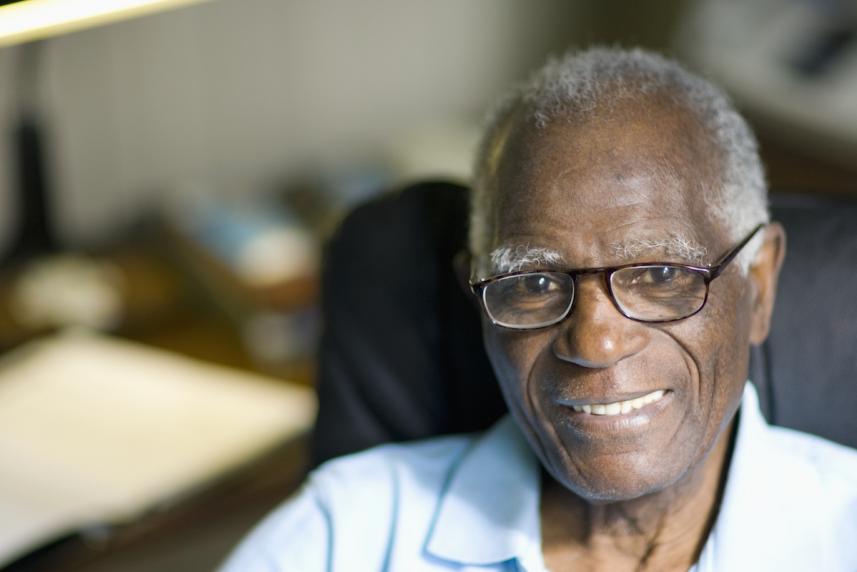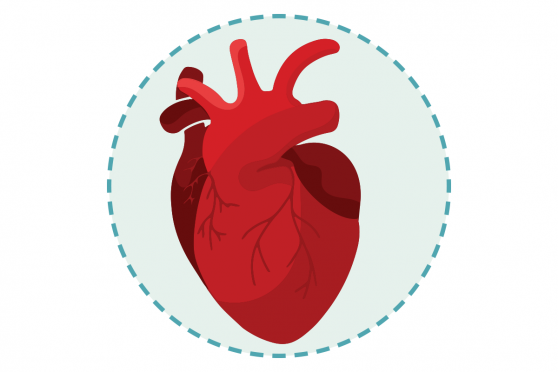Take Control of COPD
Your guide to identifying symptoms, avoiding flare-ups, and staying active

COPD (chronic obstructive pulmonary disease) is a condition that makes it hard to get air into and out of the lungs. People with COPD often have difficulty breathing, but some people have COPD without shortness of breath. Other symptoms include:
- Wheezing
- Tight feeling in the chest
- Coughing that won’t go away
- Cough producing a lot of mucus
- Frequent respiratory infections
- Feeling tired after ordinary activities
Not everyone with COPD will experience all these symptoms, and some people will experience mild symptoms. COPD is a progressive disease, which means that symptoms can gradually become worse.
Causes
Cigarette smoking is the most common cause of COPD. Not everyone with COPD has smoked tobacco. Air pollution, chemical fumes, dust, secondhand smoke, and other lung irritants can also cause COPD. For a small group of people, COPD may be genetic.
Tests
Symptoms of COPD are often the same as symptoms of other diseases. Your doctor can tell if you have COPD based on your symptoms, medical history, and test results. The most common test for COPD is a spirometry test. It’s painless and involves simply blowing into a tube that is connected to a small device called a spirometer. A chest X-ray or a CT scan may also be used to diagnose COPD.
Treatment
There is no cure for COPD. But most people with COPD are able to live an active life by following a treatment plan. Your doctor will design a plan for you that helps keep symptoms from flaring up and may slow the progress of the disease. Your plan may include medicines, such as bronchodilators, to make breathing easier.
Your doctor might also recommend a regular exercise program. Exercise is important for people with COPD. It strengthens your lungs and improves COPD symptoms. Any activity that gets your body moving is good for you. Ask your health care provider what kind of exercise is best for you.



